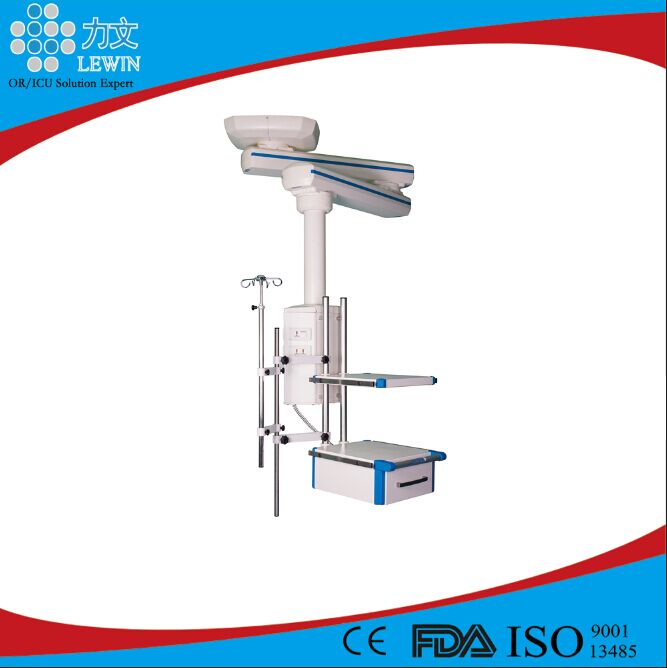Open Watermelon Current Management Measures
**Current Management Measures for Open-Field Watermelons**
At present, open-field watermelons are in the vine extension stage after germination and seedling development. This phase is critical for the plant's growth as it promotes stem and leaf elongation, increases leaf area, and initiates bud formation. The extension period typically lasts between 18 to 20 days.
During this time, it's essential to focus on promoting vigorous growth of stems and leaves to lay a solid foundation for the development of flower organs. Especially for early-maturing varieties, careful attention should be given to seedling care and encouraging strong vegetative growth.
In practical farming, farmers often apply concentrated fertilizers such as diammonium phosphate or cooked cake fat during this period to stimulate growth. However, once the male flowers start appearing, it becomes important to control excessive vegetative growth. This helps prevent the plants from becoming too lush, which can lead to poor fruit set. From the appearance of the first male flowers to the flowering of the second female flowers on the main vine, pruning, vine pressing, and controlled irrigation are crucial techniques to manage growth effectively and improve fruiting rates.
The fruiting period follows the extension phase and usually begins around 18 to 20 days after the vines have started to grow. During this time, the watermelon undergoes significant morphological changes, including the shedding of leaves and the rapid growth of the fruit. The fruiting stage can be divided into three phases: early, middle, and late.
The early fruiting stage is known as the fruit-setting period, which is one of the most important times in watermelon cultivation. Excessive rainfall, overwatering, or too much nitrogen fertilizer at this stage can cause the plants to grow excessively, leading to many flowers and fruits falling off. Therefore, it's vital to promote fruit setting through artificial pollination or hormone treatments, while strictly controlling irrigation and managing the plant’s vegetative growth.
During the middle fruiting stage, the watermelon fruit grows rapidly in size and volume, requiring a large amount of water, nutrients, and fertilizer. If these resources are insufficient, the fruit may not develop properly, and premature aging or dehydration could occur. To avoid this, farmers should apply additional water and fertilizer when the fruit reaches the size of an egg or a goose egg. Foliar sprays of 0.2% urea or 0.2% potassium dihydrogen phosphate can also be used before and after the fruit is set to prevent leaf yellowing and maintain plant health.
**Key Management Practices**
Soil preparation and fertilization are essential. Farmers should apply base fertilizer before planting and follow up with topdressing at key growth stages. For example, the first topdressing is applied at the five-leaf stage, using 10 kg of diammonium phosphate per mu. A second application, consisting of 15 kg of urea and 15 kg of potash, is done seven days after flowering. A third topdressing, with 10 kg of urea and 10 kg of potash, is applied seven days later.
Watering is also crucial. During the early growth phase, watering should be moderate, just enough to moisten the soil. As the fruit develops, more water is needed. Farmers should ensure a balanced water supply to prevent cracking, especially after long dry periods.
Vine management includes pruning, pressure, and fruit thinning. The main vine is usually pruned at 40–50 cm, 100 cm, and 150 cm. Vine pressing can be done using stones, branches, or by digging trenches. In mountainous areas with little rain, deep pressing is preferred, while in wetter regions, light pressing is better. Pruning to three vines (one main and two lateral) helps optimize fruit production.
Weeding is best done by moving plows or using small rakes. Avoid disturbing the ridges unless weeds have grown significantly. Deep plowing during weeding improves soil aeration and helps control weeds.
Artificial pollination is an effective technique, especially during rainy seasons. Female flowers should be covered with rainproof caps a day before they open. Male flowers are collected the next morning, placed in a dry location, and used to pollinate the female flowers by gently brushing the pollen onto the stigma. This should be done before 10 a.m. to ensure optimal fruit set. After pollination, female flowers should be protected again with rainproof caps.
Creport5000 Series Medical Pendant
Increasing complexity of operation theater/ICU equipment requires Medical Pendant more expansibility, reliable, convenience. Lewin series medical pendant combined LEWIN abundant operation room/ICU equipment produce and integrate experience, the design follows human body enginerring principle; The ceiling pendnat function fits doctor and patient's actual using demands, pay attention to convenient actual operation, can meet different environment demands, has highly cost-effective;


Medical Pendant,Surgical Pendant,Hospital Pendant,Cavascope Pendant
Shandong Lewin Medical Equipment Co., Ltd. , https://www.lewinmed.com